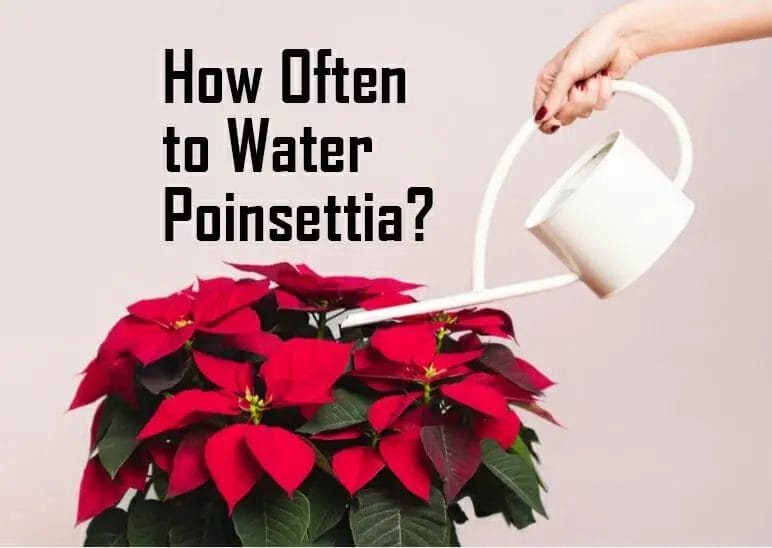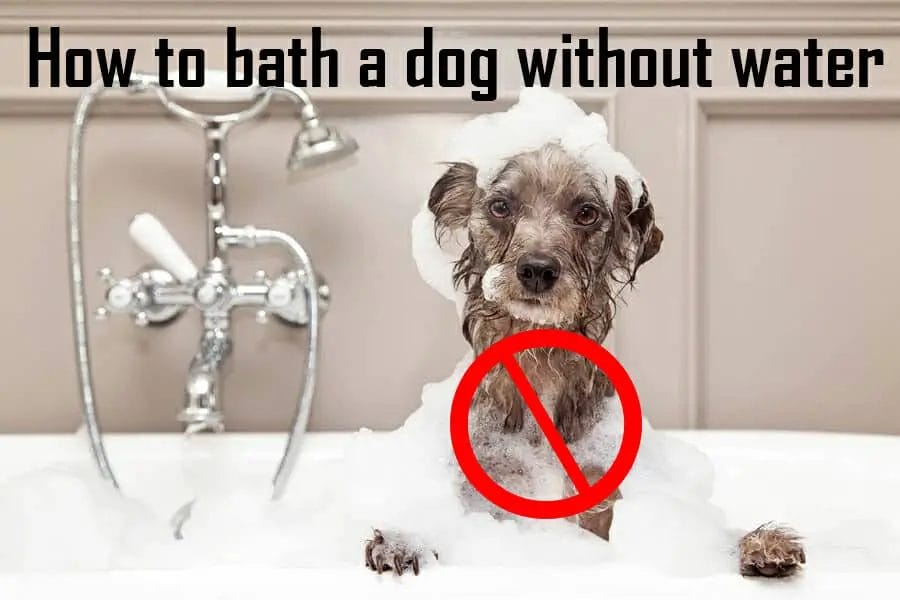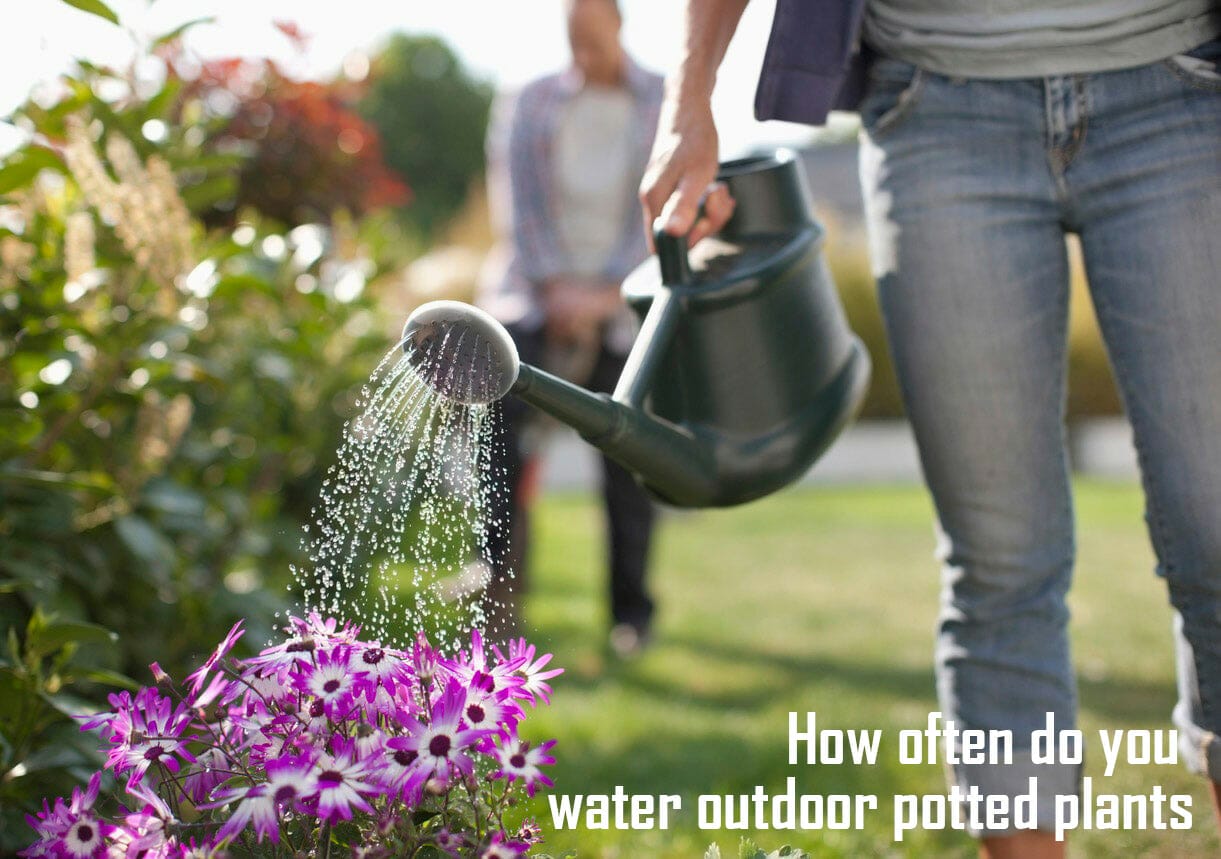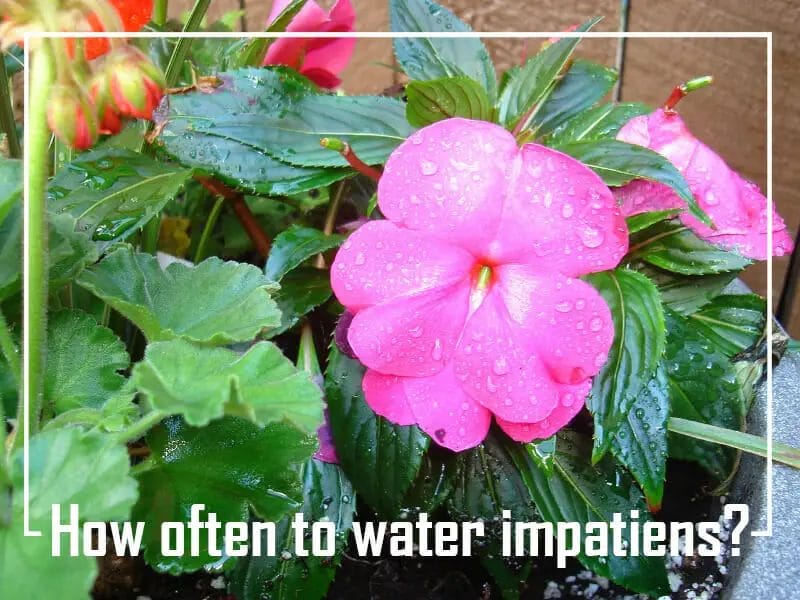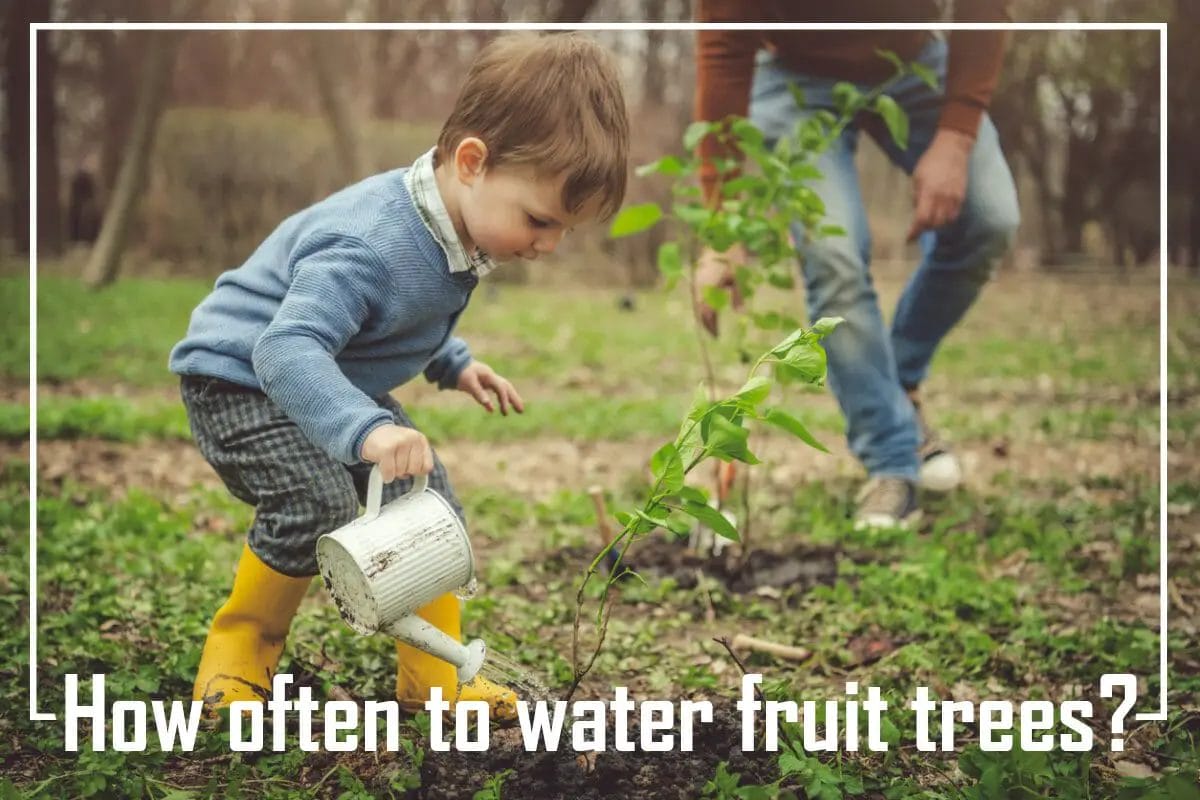As a plant enthusiast, gardener, or even a casual indoor plant owner, you’re likely aware of the importance of water for the well-being of your green companions. Water quality plays a significant role in nurturing thriving plants, and one question that often arises is whether filtered water is a suitable choice.
The answer to this question is yes. In no uncertain terms, filtered water benefits plants in every way. It is important to provide your plants with the best and healthiest life, and you will need filtered water.
In this exploration, we’ll dive into the intriguing world of plant care and water quality. Is filtered water the ideal choice for your beloved houseplants, garden, or indoor flora, or are there other factors to consider? We’ll uncover the potential benefits and drawbacks of using filtered water, discuss the impact of different filtration methods, and provide valuable insights to help you make informed decisions about the hydration of your green friends.
Filtered water – what is it?
Drinking water is treated with a variety of technologies to remove contaminants.
Activated carbon filters are used in pitcher filters, under the sink or whole-house systems, while reverse osmosis utilizes in under-counter or whole-house systems. Water can be filtered in four primary ways:
- Environmental Protection Agency (EPA) recommends activated carbon filters in pitcher-type filters, as they bind to contaminants and keep them from flowing through to your cup. This method might not remove bacteria and arsenic, but removes some metals and visible sediment.
- Water can be softened and demineralized using an ion exchange system. It is not commonly used to remove unhealthy toxins.
- Molecular filtration by reverse osmosis (with carbon): Dr. Singh recommends this method based on carbon and tight membranes. As well as removing bacteria, viruses, and common chemicals, reverse osmosis can remove certain chemicals.
- A distillation process involves boiling water into steam and then condensing it back into the water. Steam contains contaminants that remain trapped in the original container. As the water cools, bacteria can recolonize. Distilled water is very effective, but it is sometimes difficult to eliminate them.
Also Learn: Is Tap Water Bad for Plants?
Why is filtered water good for plants?
Filtered water can be beneficial for plants in certain situations, primarily because it helps remove impurities and chemicals that may have adverse effects on plant health. Here are some reasons why filtered water is considered advantageous for plants:
- Reduced Chemicals: Municipal tap water often contains chemicals like chlorine and chloramines, which are added to disinfect the water supply. While these chemicals are safe for human consumption, they can be harmful to plants. Filtered water removes or reduces the levels of these chemicals, providing a safer environment for your plants.
- Contaminant Removal: Water filtration systems can effectively remove contaminants, such as heavy metals, sediment, and pesticides, which can negatively impact plant growth and soil quality. By filtering out these impurities, you ensure that your plants receive cleaner and purer water.
- pH Balance: Some water sources may have pH levels that are either too acidic or too alkaline for optimal plant growth. Filtration systems can help stabilize the pH of the water, creating a more suitable environment for a broader range of plant species.
- Mineral Control: Certain plants, especially those grown in pots or containers, are sensitive to mineral buildup in the soil. Tap water often contains minerals like calcium and magnesium that can accumulate over time, leading to soil compaction and reduced drainage. Filtered water can help control mineral levels and prevent soil problems.
- Consistency: Filtered water provides a more consistent and reliable water quality, which is essential for maintaining plant health. Sudden changes in water quality can stress plants and affect their growth.
- Reduction of Salinity: In some regions, the natural salinity of the water can be high, which can be detrimental to many plant species. Filtration can help reduce salinity levels, creating a more suitable watering environment.
- Indoor Plants: For indoor plants, filtered water is often preferred because it eliminates the risk of exposure to unknown water contaminants, and it can help prevent the buildup of mineral deposits on the leaves and in the pots.
It’s important to note that not all plants require filtered water, and some can thrive with regular tap water. The choice to use filtered water may also depend on your local water quality.
Distilled Water vs Filtered vs Softened Water: which one is better for plants?
Choosing the right type of water for your plants depends on several factors, including the specific needs of your plants, your local water quality, and the type of water treatment available. Here’s a detailed comparison table of distilled water, filtered water, and softened water for plants:
| Aspect | Distilled Water | Filtered Water | Softened Water |
|---|---|---|---|
| Water Purity | Highest purity; free from | Varies depending on the | Reduced hardness, but may |
| minerals, contaminants, and | filtration method used. May | contain elevated sodium | |
| impurities. | still contain some minerals. | levels. | |
| Chlorine/Chloramines | Free from chlorine and | May or may not remove | Typically removes chlorine |
| chloramines, making it safe | chlorine and chloramines, | and reduces chloramines, but | |
| for sensitive plants. | but effectiveness varies. | adds sodium. | |
| Mineral Content | Virtually no minerals; may | Varies depending on the | Reduced calcium and magnesium, |
| require mineral supplementation | filtration system used. May | but increased sodium. | |
| pH Levels | Neutral pH (around 7.0) | Depends on source water and | Typically slightly higher |
| filtration method. | pH due to added sodium. | ||
| Mineral Buildup | No mineral buildup. | May reduce mineral buildup | Can reduce mineral buildup, |
| but not completely. | but may not eliminate it. | ||
| Plant Suitability | Suitable for all plants, | Suitable for most plants, | Suitable for most plants, |
| especially sensitive species. | but check filtration | but not recommended for | |
| effectiveness for specific | plants sensitive to sodium. | ||
| Cost | Higher cost due to the | Initial cost for filtration | Varies; water softeners |
| distillation process. | system installation and | can have ongoing operational | |
| occasional filter changes. | and maintenance costs. |
Notes:
- Distilled water is the purest option but may require mineral supplementation for some plants.
- Filtered water quality depends on the filtration system and may still contain some minerals.
- Softened water reduces hardness but adds sodium, which may not be suitable for all plants, especially those sensitive to salt.
Ultimately, the best choice for your plants depends on factors like the plant species, your local water quality, and your budget. For most plants, filtered water should suffice, but for extremely sensitive plants or if you have concerns about water quality, consider using distilled water or finding a balance with softened water while monitoring sodium levels. It’s essential to know your specific plant’s needs and make adjustments accordingly.
You May Also Like: How to water plants while away
How To Filter Water For Plants?
Filtering water for plants is a beneficial practice, especially if your tap water contains impurities or chemicals that could be harmful to your plants. Here’s how to filter water for plants effectively:
Materials You’ll Need:
- Water Source: Collect the water you want to filter. This could be tap water, rainwater, or any other water source.
- Filtering System: Choose a suitable filtering system based on your water quality and the size of your gardening needs. Common options include:
- Carbon Filters: These are effective at removing chlorine and some chemicals. They are commonly found in pitcher-style water filters and can be attached to garden hoses.
- Reverse Osmosis (RO) Systems: RO systems provide high-quality filtered water by forcing water through a semipermeable membrane, removing a wide range of impurities.
- Activated Carbon Filters: These filters are designed for hose attachments and can effectively remove chlorine and improve the taste and odor of tap water.
- Sediment Filters: These filters are ideal for removing larger particles, such as sand or sediment, from your water supply.
- Rain Barrel Filters: If you collect rainwater, consider using a rain barrel filter to remove debris and contaminants.
Steps to Filter Water for Plants:
- Select the Appropriate Filter: Choose the filtering system that best suits your water source and gardening needs.
- Install the Filter: If you’re using a hose attachment filter, connect it to your garden hose and ensure it’s securely attached.
- Filter the Water:
- If you’re using a pitcher-style filter or an indoor water source, follow the manufacturer’s instructions to filter the water.
- If you’re filtering water for outdoor plants, connect the hose with the attached filter and turn on the water supply. Allow the water to flow through the filter for a few minutes to flush out any initial impurities.
- Collect the Filtered Water: Use a watering can or hose to collect the filtered water in a container suitable for watering your plants. It’s a good idea to have a dedicated container for this purpose.
- Water Your Plants: Use the filtered water to water your plants as you would with any water source. Ensure that you thoroughly soak the soil to encourage root growth.
- Monitor Plant Health: Over time, observe your plants’ health and growth to ensure they are thriving with the filtered water. Healthy, vibrant plants are a sign that your water filtration method is working well.
- Replace or Maintain the Filter: Depending on the type of filter you’re using, follow the manufacturer’s recommendations for filter replacement or maintenance.
Filtering water for your plants can help maintain healthy and robust growth, especially if your water supply contains chemicals or impurities that may hinder their development. It’s an investment in your garden’s well-being and can lead to more beautiful and thriving plants.
Frequently asked questions
1: Why is my indoor plant’s soil always moist, even though I water it sparingly?
2: Can I use tap water for my indoor plants?
3: How can I revive a drooping or wilted plant?
4: What’s the best way to prevent pests on my indoor plants?
conclusion
Taking care of your plants and ensuring their well-being involves a combination of proper watering, attention to soil quality, and vigilance against potential issues like pests. By understanding the specific needs of your plants, whether they’re indoor or outdoor, you can create an environment in which they thrive.


